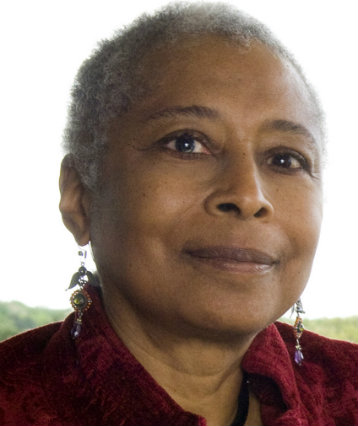Introduction
Families are teachers of culture and the transmitters of tradition. As we go forward into an uncharted future, and whether we know it or not, we carry our past with us in many ways—in the homes and families of our origin, in the names we are given, in the heirlooms we inherit. Yet in times of rapid cultural change and ferment, ties to families are stretched thin; old traditions are abandoned for new religious and cultural forms—or, sometimes, for nothing at all. These phenomena raise special challenges for contemporary black Americans, as they face choices regarding how much to retain of their familial, religious, and cultural roots—roots that, for many, have been twisted by the experience of racial prejudice and oppression. Nevertheless, as novelist Alice Walker (b. 1944) makes clear in this story (1973) how we treat our inheritances speaks volumes about who we are and how we stand in the world. The story is narrated by an unschooled, hardworking black woman with two daughters, one now a woman of the world—stylish, sophisticated, with a new sense of self—the other a homebody—slow, timid, attached to the humble ways of her rural roots. The climax of the story concerns who shall have, and how to use, the handmade family quilts: Dee (now sporting a new African name, Wangero), who intends to hang them on her walls, or Maggie (to whom they’ve been promised), who would use them on her marriage bed.
In whose hands is the family’s tradition better respected? What is the meaning of the quilts, and why might they matter? In this instance, how might hanging the quilts on the wall support Dee’s newly assumed African identity? In general, is our cultural and religious inheritance something to be admired on a wall, something to wrap ourselves in, or something inside and knitted together with us? What is sacred to us? How should we honor and transmit our legacies? Can Americans—white or black—do without them? Is it possible—is it desirable—to “re-invent” one’s past and one’s inheritance?



 (86 votes, average: 3.28 out of 5)
(86 votes, average: 3.28 out of 5)
Post a Comment